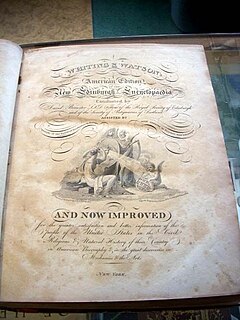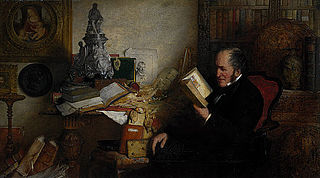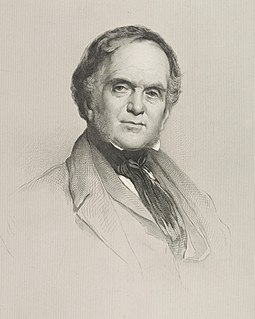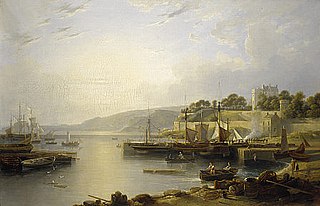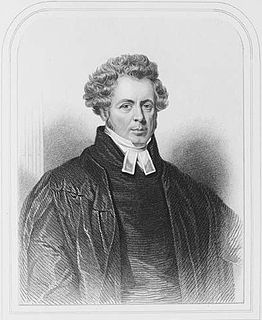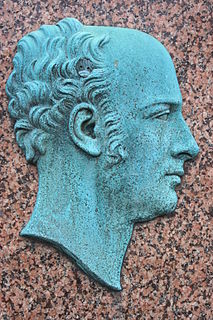Life
He was a native of Edinburgh. The date of his birth is usually given as December 1782, but on the other hand the parochial register of Dollar, Clackmannanshire states that he died in 1829, aged 54. He received a classical education in the High School, Edinburgh, and in a private academy, and studied art under Alexander Nasmyth and in the Trustees' Academy, then taught by John Graham.
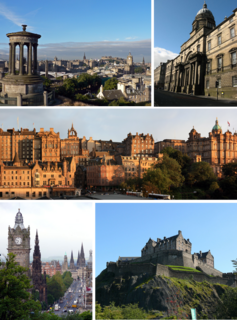
Edinburgh is the capital city of Scotland and one of its 32 council areas. Historically part of the county of Midlothian, it is located in Lothian on the Firth of Forth's southern shore.

Dollar is a small town in Clackmannanshire, Scotland. It is one of the Hillfoots Villages, situated between the Ochil Hills range to the north and the River Devon to the south. Dollar is on the A91 road, which runs from Stirling to St Andrews. The town is around 3 miles east of Tillicoultry. The parish of Muckhart extends right up to the eastern edge of Dollar, despite Muckhart's much smaller size. This encompassed Dollar Mine and Pitgober.

Alexander Nasmyth was a Scottish portrait and landscape painter, a pupil of Allan Ramsay.
From 1805 Gibson resided in Lambeth, exhibiting at the Royal Academy in 1805, 1806, and 1807, and at the British Institution in 1811. In 1808 he was in Edinburgh, where he joined the Society of Associated Artists, to whose exhibitions he contributed till 1816, and he was represented in the modern exhibitions of the Institution for the Encouragement of the Fine Arts in Scotland in 1821 and 1822. In the earlier exhibition catalogues his name occasionally appears as "Peter" Gibson.

Lambeth is a district in Central London, England, in the London Borough of Lambeth. It is situated 1 mile (1.6 km) south of Charing Cross. The population of the London Borough of Lambeth was 303,086 in 2011. The area experienced some slight growth in the medieval period as part of the manor of Lambeth Palace. By the Victorian era the area had seen significant development as London expanded, with dense industrial, commercial and residential buildings located adjacent to one another. The changes brought by World War II altered much of the fabric of Lambeth. Subsequent development in the late 20th and early 21st centuries has seen an increase in the number of high-rise buildings. The area is home to the International Maritime Organization.

The British Institution was a private 19th-century society in London formed to exhibit the works of living and dead artists; it was also known as the Pall Mall Picture Galleries or the British Gallery. Unlike the Royal Academy it admitted only connoisseurs, dominated by the nobility, rather than practicing artists to its membership, which along with its conservative taste led to tensions with the British artists it was intended to encourage and support. In its gallery in Pall Mall the Institution held the world's first regular temporary exhibitions of Old Master paintings, which alternated with sale exhibitions of the work of living artists; both quickly established themselves as popular parts of the London social and artistic calendar. From 1807 prizes were given to artists and surplus funds were used to buy paintings for the nation.
In 1826 Gibson became a foundation member of the Scottish Academy, to whose exhibitions he contributed (1827–9) landscape and architectural subjects, both Scottish and foreign. In 1824 he had been appointed professor of painting in Dollar Academy, and he died there on 23 August 1829.
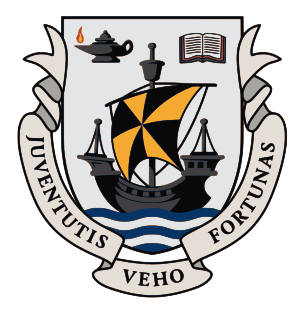
Dollar Academy, founded in 1818 by benefaction of trader John McNabb, is an independent co-educational day and boarding school in Scotland. The open campus occupies a 70-acre (280,000 m2) site in the centre of the town of Dollar in Central Scotland. The school is at the foot of the Ochil Hills and is surrounded by Clackmannanshire countryside.


